Reptiles have been around for hundreds of millions of years, and in their long time on Earth, they’ve evolved to the point of enjoying a lengthy lifespan. Here are 10 reptiles with long lives, including some that can even celebrate a centennial!
Galapagos tortoise: 150+ years
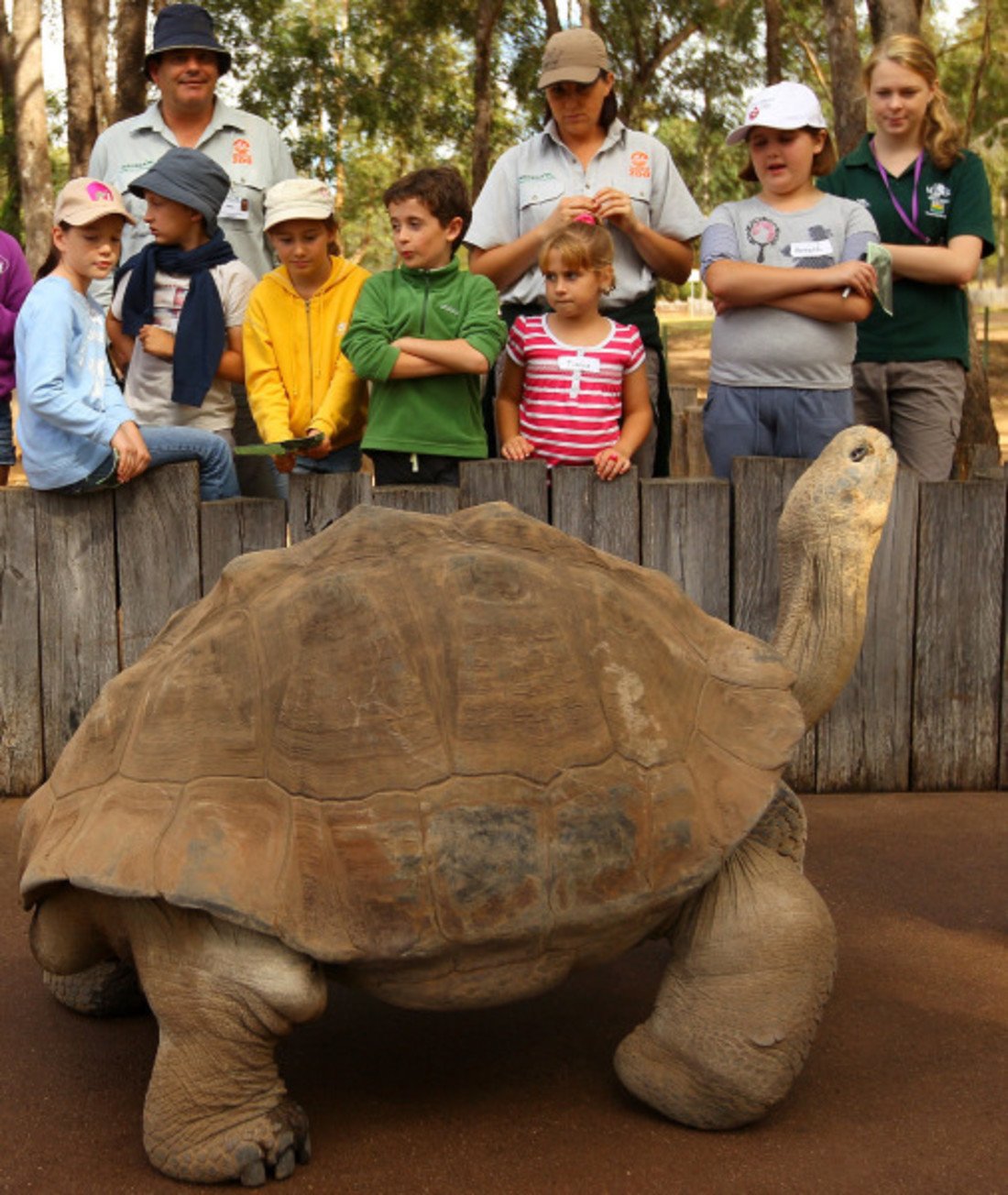
The Galapagos tortoise lives on the remote Galapagos Islands and are the largest tortoises, reaching up to 5 feet in length and weighing more than 500 pounds. These herbivores live a peaceful existence, basking in the sun for up to two hours a day before spending the rest of their waking hours foraging for food. They can live well over 100 years in the wild, but in captivity they’ve been known to live as long as 170 years.
Komodo dragon: up to 50 years
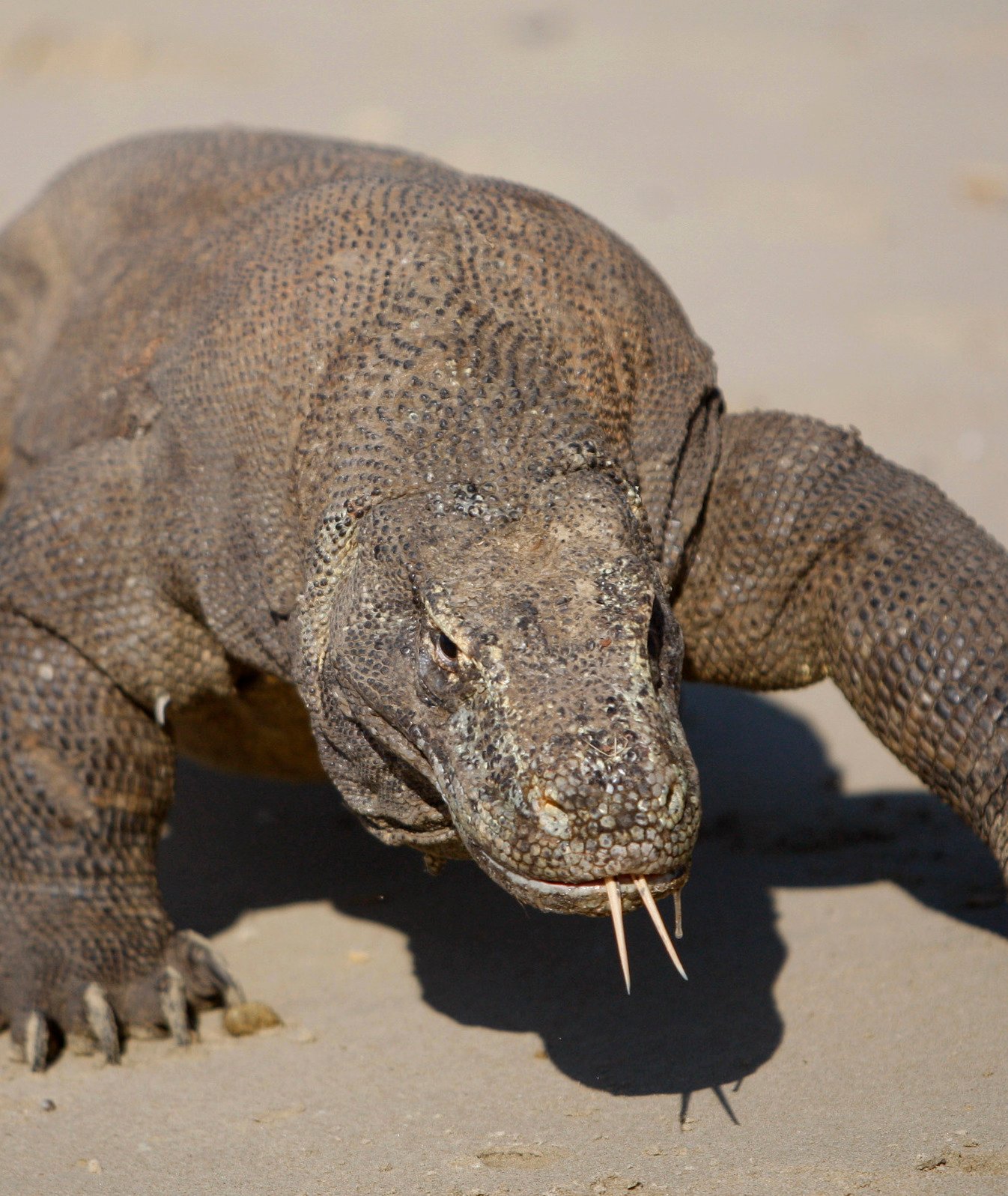
These large dinosaur-like lizards are the dominant predators of their habitat on Indonesia’s Lesser Sunda Islands. When fully grown, a Komodo dragon can reach up to 10 feet in length and weigh more than 300 pounds. In the wild, the animal averages a lifespan of about 30 years, but can live even longer if it doesn’t fall victim to poaching or disease.
American crocodile: up to 100 years

Given the right circumstances, an American crocodile can live as long as a century, though this is rare. In the wild, an adult crocodile will average between 60 and 70 years. Youngsters are relatively vulnerable to predators due to a lack of parental care.
Alligator snapping turtle: up to 100 years
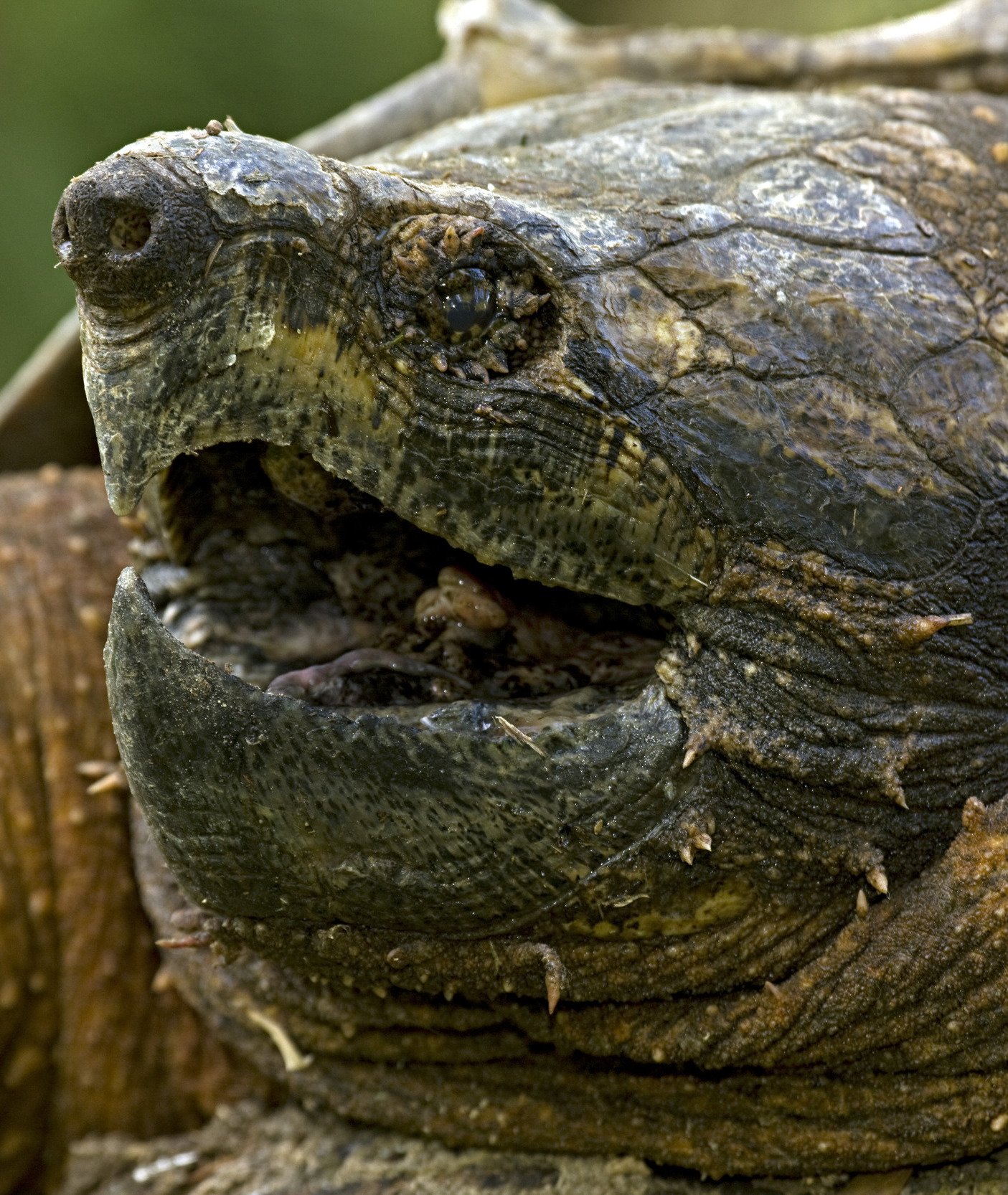
Found mainly in rivers and lakes in the US, the alligator snapping turtle derives its name because of its snarled appearance and fierce bite. To hunt, the alligator snapping turtle sits still with its mouth open while it wiggles its worm-like tongue to attract prey. These sneaky water dwellers can live to be over 100.
Brothers Island tuatara: 100 years
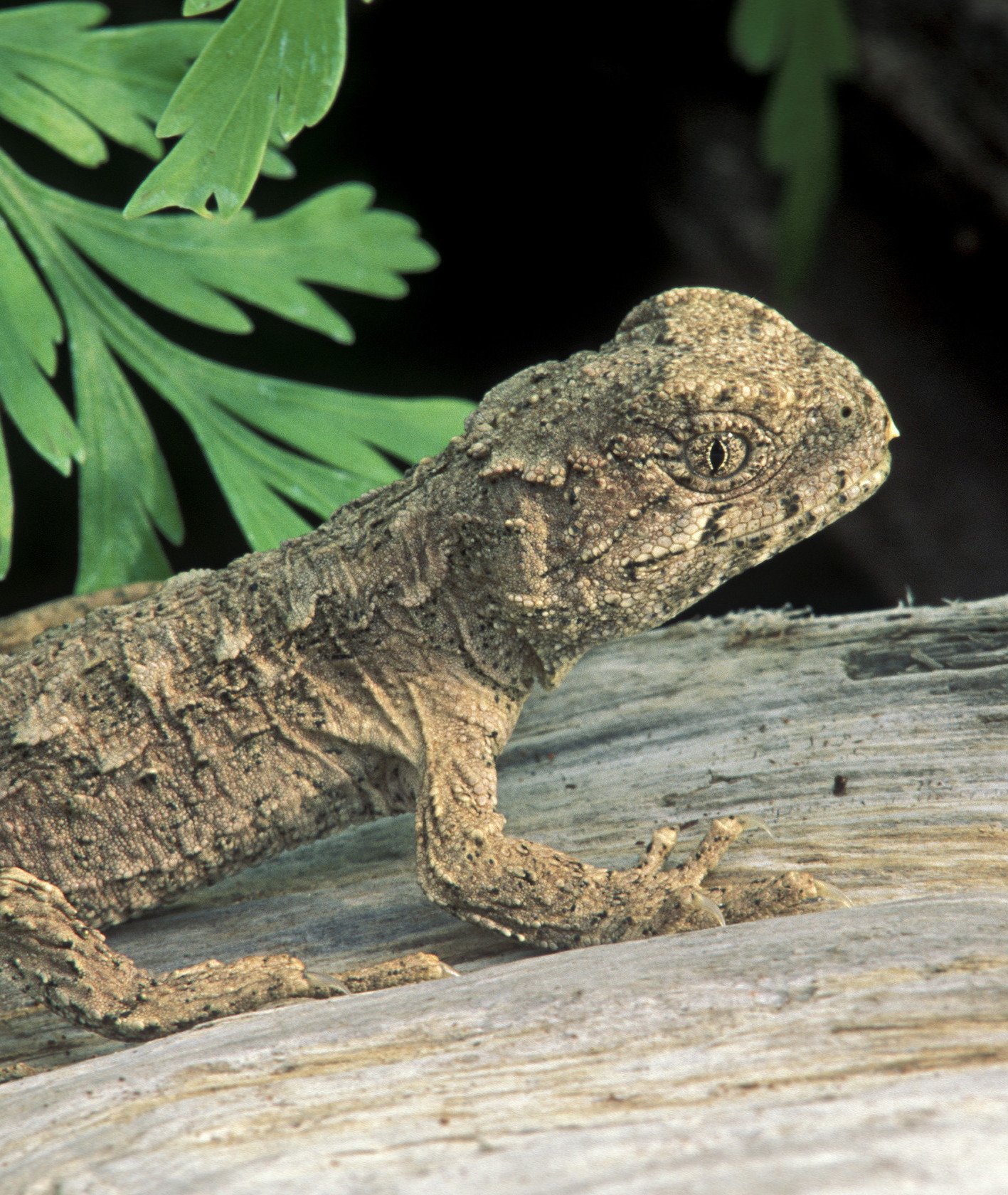
Slow metabolism and low body temperatures make these hardy little lizards one of the longest-living animals in the world. Native to New Zealand, the name tuatara is derived from the Maori word meaning “spiny back.” They are often referred to as living fossils because their lineage can be traced back 250 million years.
Aldabra giant tortoise: 170+ years
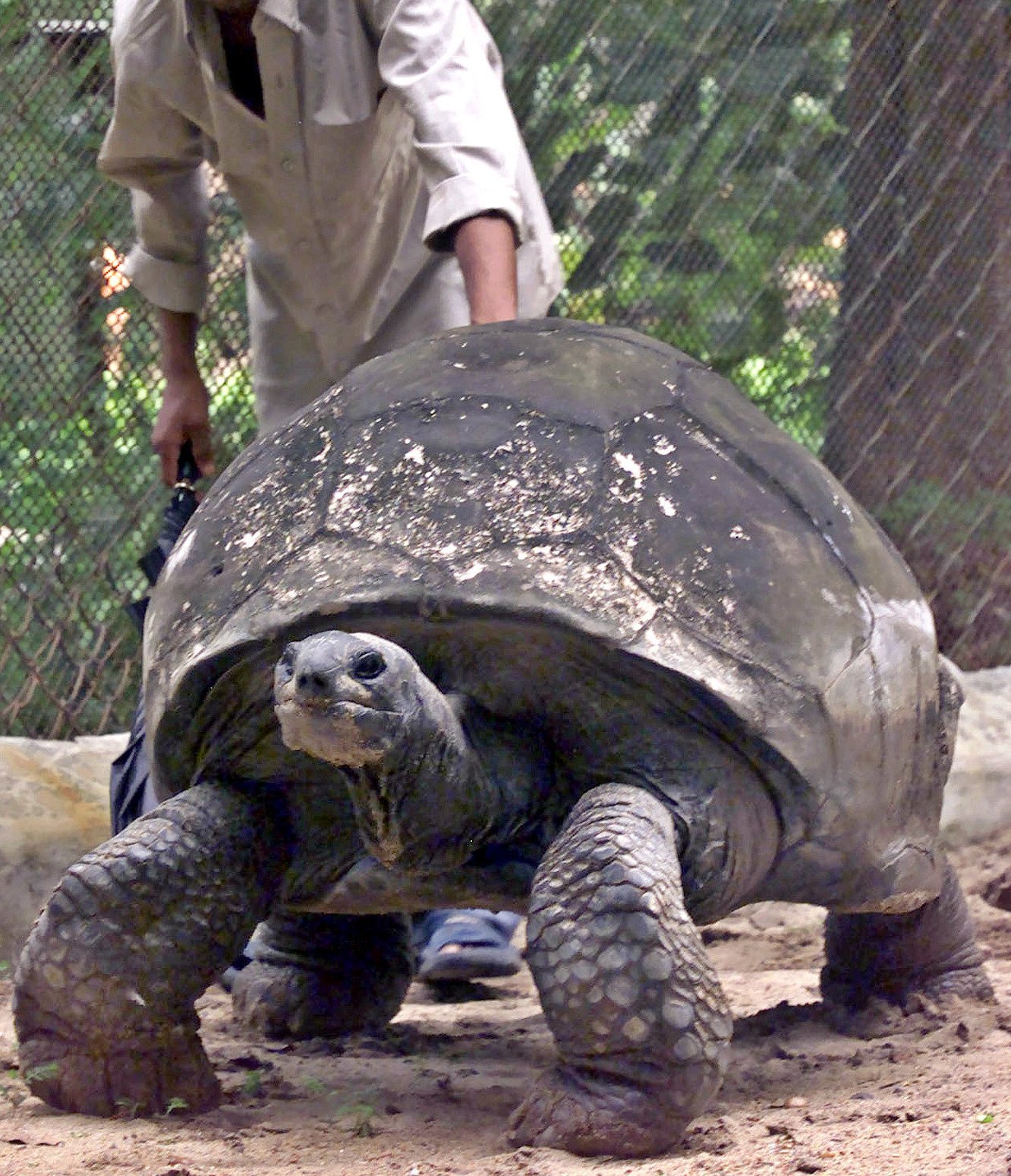
The Aldabra giant tortoise lives on the Aldabra Atoll in the Seychelles, an island nation off the coast of Africa. Some specimens are believed to be more than 200 years old, though it is difficult to verify since they outlive their human observers. The oldest animal ever recorded was an Aldabra tortoise named Adwaita, who was believed to be about 255 years of age when he died.
Caiman: 60 years
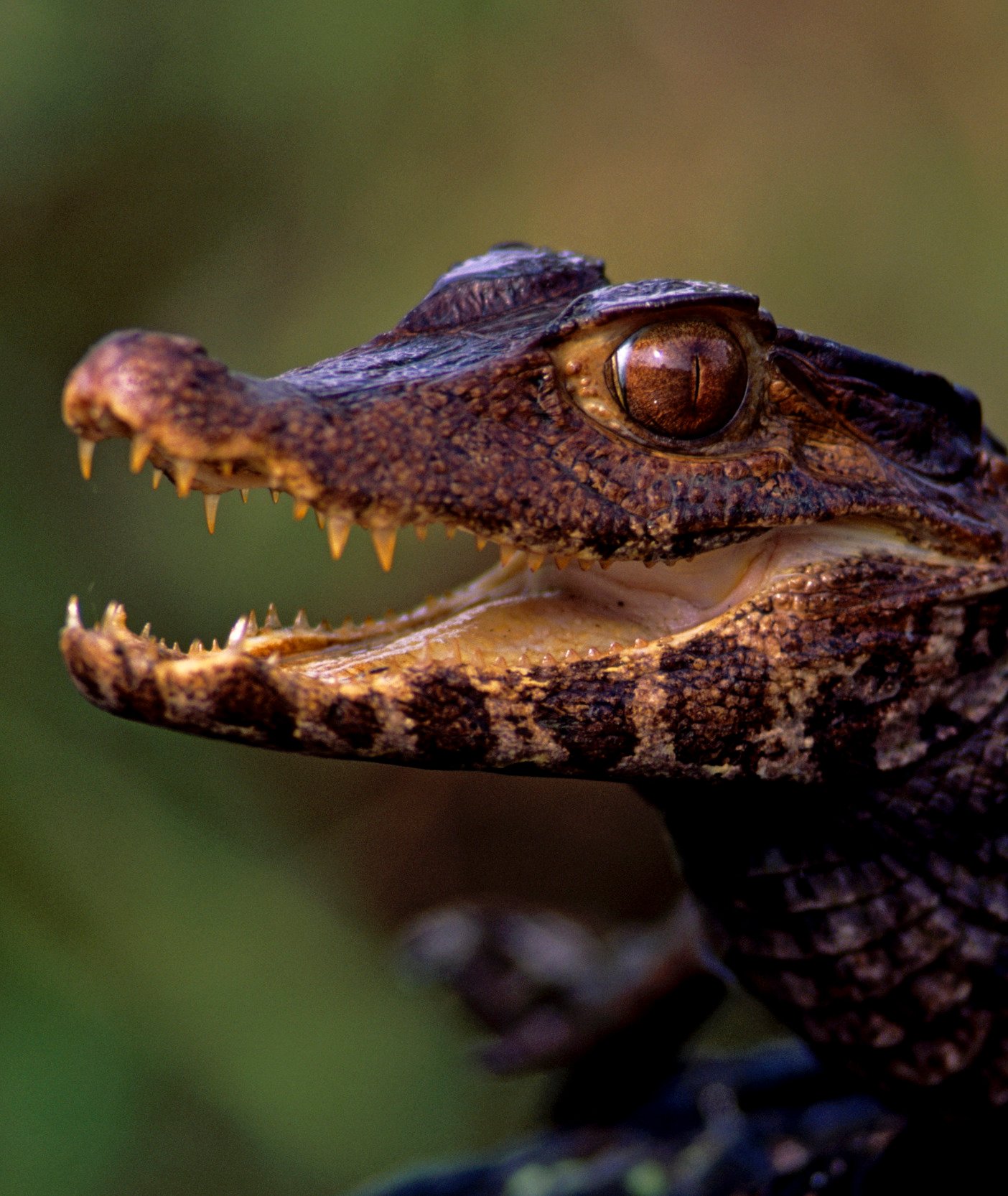
Caimans are small members of the crocodile family native to Central and South America, including parts of the Caribbean. The longest living caiman in the wild made it to 60 years of age, but the species averages about 40 years. The speckled reptiles have significantly shorter lives if kept in captivity.
Painted turtle: 40 years
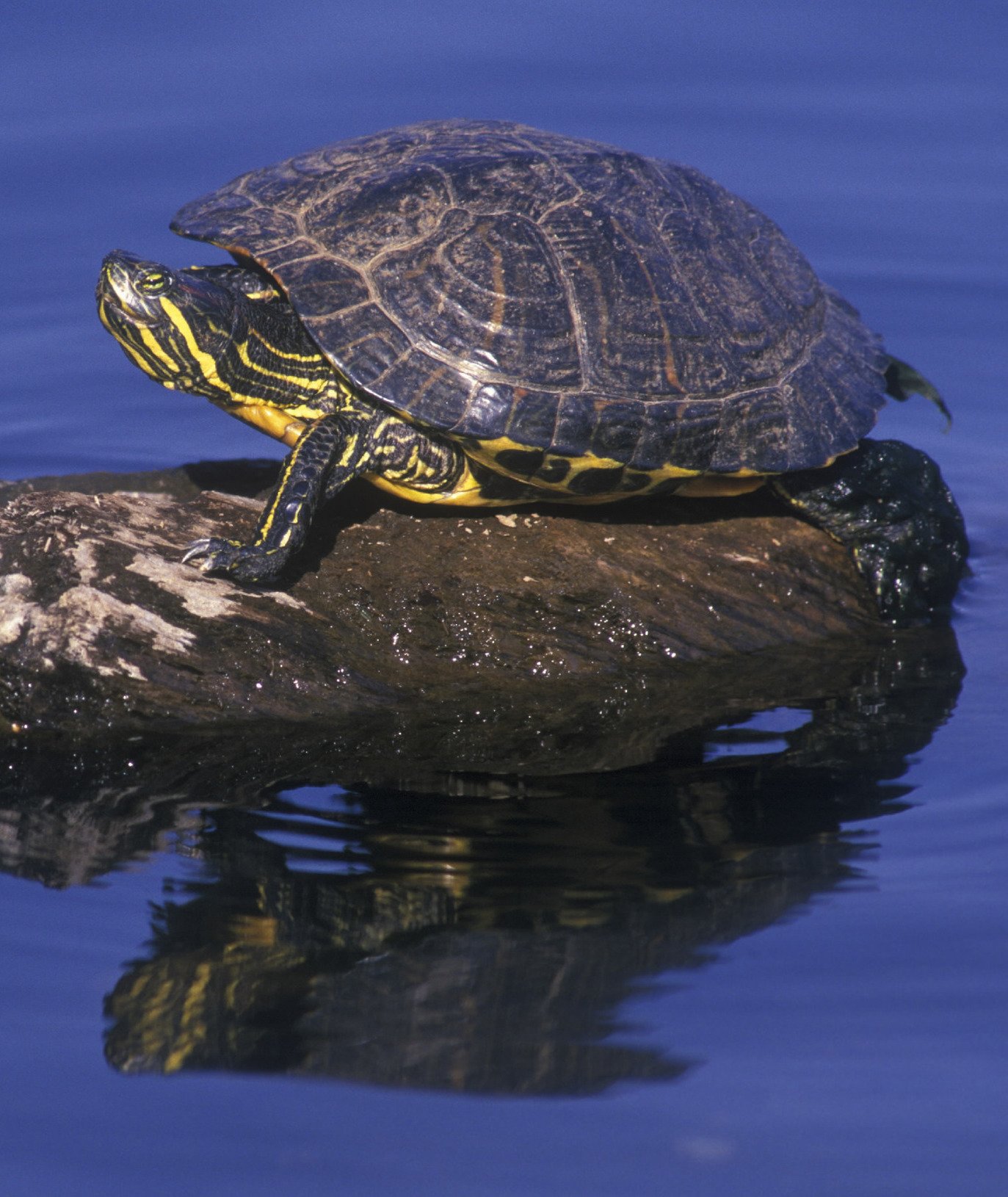
One of the most common turtles in the US, the painted turtle derives its name from the bright yellow and red colors of its skin and shell. These reptiles spend their days basking on logs or the muddy shores of their freshwater habitats, and can quickly flee underwater when threatened. If you plan to keep one as a pet, you better be ready for a commitment. A painted turtle can live up to 40 years.
Boa constrictor: 30 years
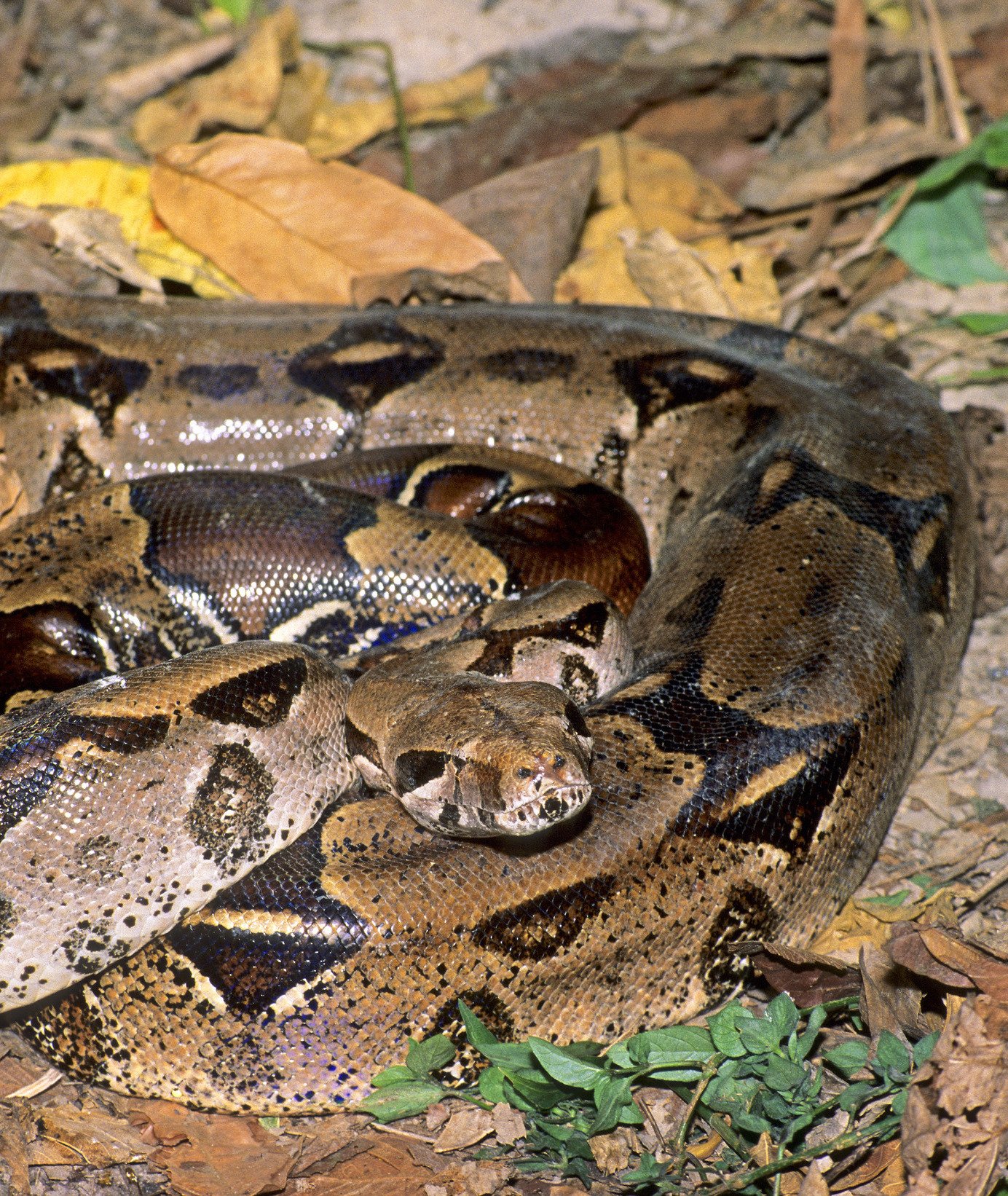
Boa constrictors are native to North, Central, and South America, mainly dwelling in rainforests. The lifespan for the large, heavy-bodied snake averages about 20 years in the wild, but living in captivity can increase that by 10 to 15 years.
Blanding's turtle: 80 years
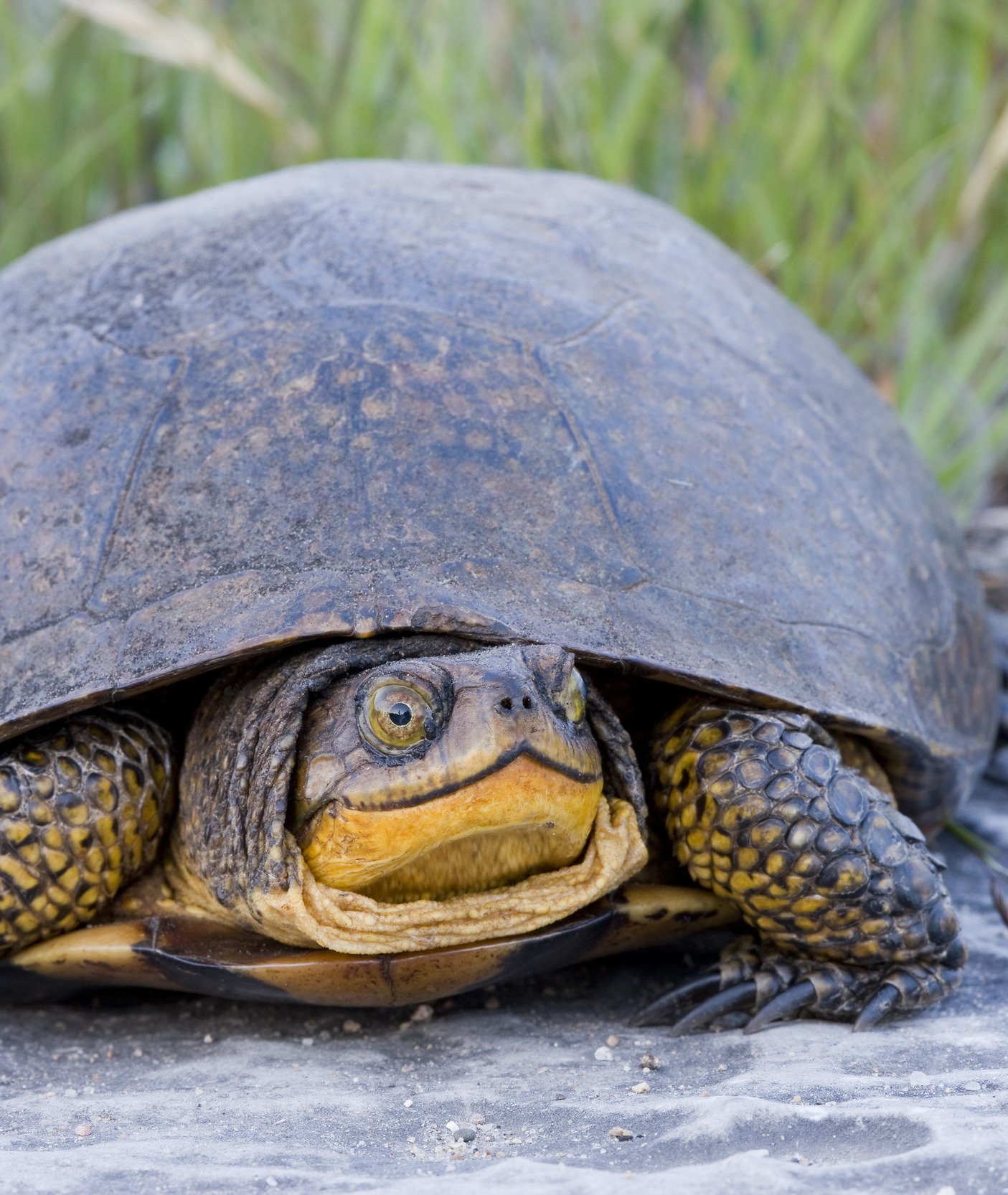
This diminutive North American turtle is a survivor, living up to 80 years if given the chance. Blanding’s turtles are semi-aquatic, so they like crawling ashore the sandy beaches of their marshy habitats. Some scientists say the turtles appear to stop aging once they reach adulthood. They can also reproduce until a very old age.



